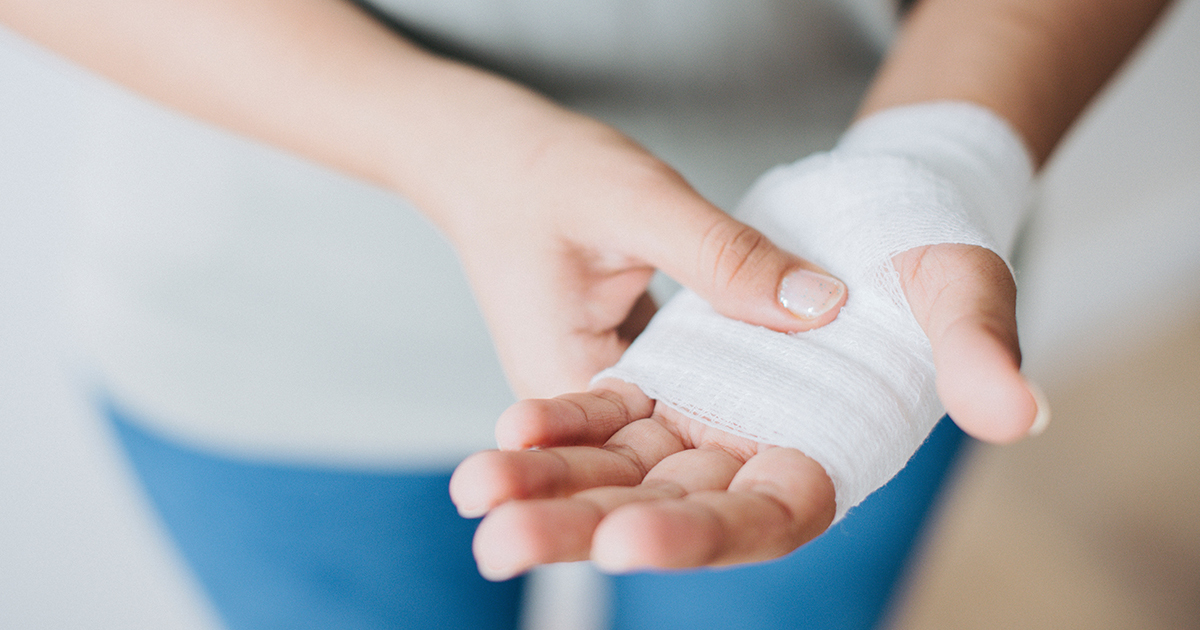Preventing Injury in Clarinet Students: 5 Guidelines for Private Teachers and School Conductors
by Diana Haskell
Date Posted: November 15, 2018
Several high school students recently came to me with tension, muscle weakness, pain, numbness or tingling. This was largely due to overuse, poor muscle tone and poor body positioning. The students were afraid to tell anyone, and they thought it was ok to continue playing through the pain. Mostly they didn’t want to let their band director down, whom they adore. This is not uncommon, but as a teacher it is difficult and time-consuming to unravel the problems.
Dr. Lynnette Khoo-Summers, Associate Professor in Physical Therapy at Washington University School of Medicine in St Louis (and my own physical therapist) says, “Some injuries for young teen clarinetists happen when changing from a plastic to wood clarinet. There is an inability to hold the added weight, especially if thumbs and wrists are weak. Older teen players often have poor posture and muscle tone in general. This can translate to playing issues over time. Finally, students these days have a lot of homework in addition to band/orchestra rehearsals and practicing. It’s a lot to expect! Getting seven to eight hours of sleep becomes important to muscle recovery and maintaining good health.”
With all we must accomplish in our jobs, how can we as teachers and conductors work with students to prevent injury?
Here are five simple guidelines:
1) Remind students to tell you if they are experiencing pain, numbness or tingling.
Instruct them to stop playing if in pain and come to you for assistance. I highly recommend that suffering students see their physician and ask for a referral to a good physical therapist.
Once a month I ask students, “are you feeling any pain, numbness or tingling in your neck, arms, jaw, wrists, fingers, and back?” and “Are you getting enough sleep?”
2) Check that students are physically set up well with proper posture in relaxed and supported fashion.
Make sure chairs are the correct size. Encourage students to live an active lifestyle. If you are a teacher who uses neck straps, try fitting your student carefully to take pressure off the right hand, thumb and wrist. If there are weaknesses in muscles or if finger joints are collapsing, do not hesitate to reach out for help from sports or arts physicians and physical therapists. Teachers and band/orchestra directors cannot specialize in everything! It truly takes a village.
"Bodies need time to adjust!" - Diana Haskell
3) Allow increases of practice time by 10% per week ONLY.
If students are practicing 60 minutes and the teacher wishes to increase the total to 120 minutes, it will take approximately eight weeks to reach the goal. Sudden increases in practice time cause stress on muscles and joints. Bodies need time to adjust!
4) Cell phone and computer usage can contribute to overuse injuries on the clarinet.
Encourage students to straighten their arms often to offset hours of bending the elbows. When you see students sitting at a computer, ask them if their neck is thrust too far forward and if they are maintaining good back posture.
5) Backpacks should weigh no more than...
10% to 15% of child’s body weight. I had a 17-year old female student complain of neck pain, only to find out her backpack weighed over 30 pounds! With the lack of physical conditioning prevalent today, heavy backpacks are a recipe for disaster. Be sure to encourage students to leave unnecessary materials in the band room or locker. Remind students to distribute backpack weight by using BOTH straps.
Injuries in young music students are on the rise. Simple preventative measures can help prevent serious problems later on. Students will enjoy playing more if they are not in pain.
Questions or comments? Respond below.
Read the original publication here.
Subscribe to the We Are Vandoren E-newsletter (WAVE) to receive 4 weekly articles for Performers, Students, and Educators
